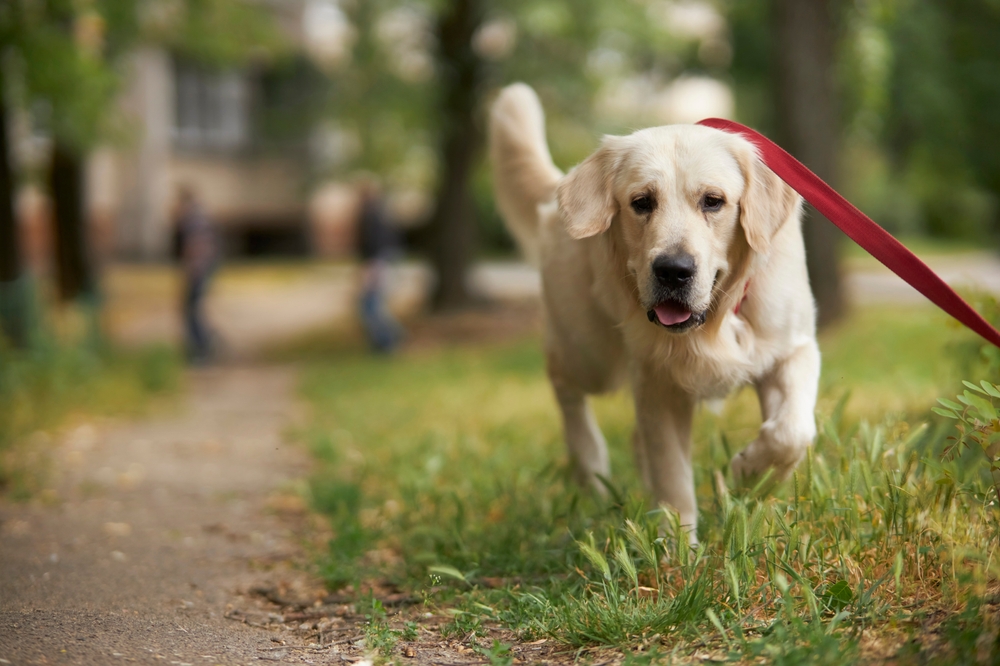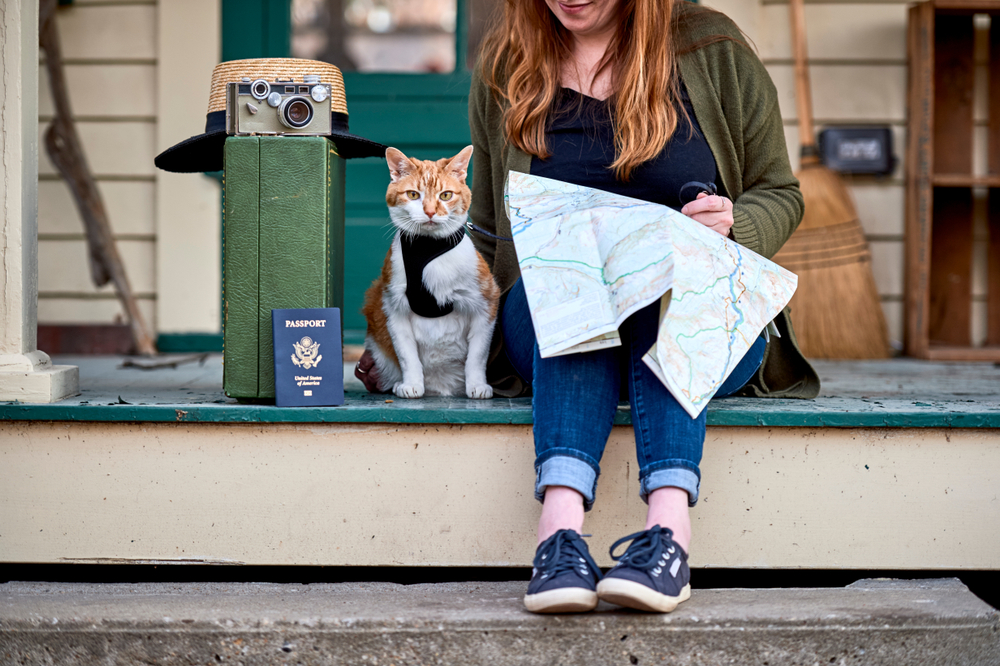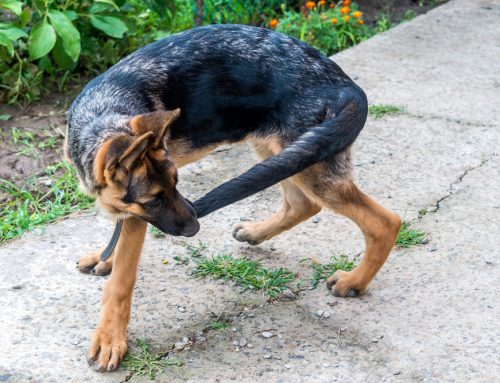Summer is a great time to travel, and many people enjoy including their pet. Our Fremont Animal Hospital team wants your trip to be as fun and stress-free as possible, so we are providing travel tips to keep your four-legged friend safe.
#1: Acclimate your pet to traveling
On a road trip, spending a lot of time in the car can be stressful for your pet if they aren’t used to riding in a vehicle. Gradually acclimate your pet to car travel by:
- Setting out your pet’s carrier — If you have a cat or small dog, set out their carrier, leaving the flap open, so they can get used to resting inside. You can put in treats and toys to help entice them inside.
- Introducing your pet to the car — Once your pet is comfortable in their carrier, take them to the car. Sit in the car with them until they seem calm. Start the vehicle, and let them get used to the noise.
- Taking a short trip — Taking your pet on short drives in the weeks leading up to your trip and gradually increasing the time should help them get used to being in a car for an extended period and learn that they can relax.
If your pet doesn’t acclimate well to car travel or they experience car sickness, you should consider whether an extended car trip is in their best interest, or they would be better left behind.
#2: Restrain your pet appropriately
Pets should never be allowed to roam free in a vehicle, because they can distract the driver, and not being properly restrained puts everyone at increased risk of being involved in a car accident. Appropriately restraining your pet involves:
- Pet carrier — Cats and small dogs should be placed in a secured carrier that won’t slide or topple. A good location for your pet’s carrier is behind the front passenger seat.
- Crate — For larger dogs, a large crate that they can stand and turn around in is their safest form of travel conveyance. The crate should be anchored to the vehicle with a seat belt or other secure means.
- Security harness — A security harness will keep your large dog from roaming around the car, but may not protect your dog during a crash.
- Pet barrier — Pet barriers that keep your pet in the car’s back section can also keep your pet from roaming, but also may not protect your pet during a crash.
#3: Schedule a veterinary appointment for your pet
Before traveling with your pet, schedule a veterinary appointment to address the following issues:
- Wellness examination — Pets often hide pain and illness signs, and you don’t want them to experience a veterinary emergency while traveling. Our team will thoroughly evaluate your pet and run routine diagnostics to ensure they are in tip-top shape for your trip.
- Microchip — Microchipping your pet is important to provide permanent identification, so they can be returned to you should they go missing. Your pet should also wear a collar and identification tags with your current, legible contact information.
- Vaccinations — During your pet’s wellness examination, our team can ensure your pet’s vaccinations are up to date. Depending on where your travels take you, we may recommend other vaccinations to ensure your pet stays healthy during your trip.
- Parasite control — Traveling can expose your pet to parasites such as fleas, ticks, heartworms, and intestinal parasites, and they should be protected with prevention medications.
#4: Pack for your pet
You pack a suitcase for yourself, and your pet also needs supplies for the trip. Items to pack include:
- Food — You shouldn’t change your pet’s food suddenly and risk gastrointestinal (GI) issues, and you don’t want to have to search for their food along your route. Pack more than enough food for the trip duration, and remember a can opener if your pet eats canned food.
- Water — You should pack bottled water for your pet and offer them fresh, clean water frequently during your trip.
- Bowls — Bring water and food bowls so you can easily feed and water your pet.
- First aid kit — Assemble a pet first aid kit that includes bandage material, tape, disposable gloves, bandage scissors, disinfectant, saline solution, antibiotic ointment, and tweezers.
- Toys — Bring your pet’s favorite toys to help keep them occupied.
- Extra leash and collar — Bring an extra leash and collar so you are always able to restrain your pet.
- Treats — Ensure you have a good treat supply to tempt your pet to be on their best behavior.
- Medical records — Bring your pet’s medical records in case they have a veterinary emergency.
- Medicine — If your pet is on any medications, bring a good supply.
#5: Ensure your route is pet-friendly
Research your planned route to ensure you can meet your pet’s needs. Considerations include:
- Veterinary clinics — Research emergency and urgent care veterinary clinics along your route to ensure you know where to go if your pet needs veterinary care.
- Hotels — Research hotels where you plan to stay to ensure they allow pets, keeping in mind that some establishments allow some pets, but may have weight or breed restrictions. If you have any doubts, call the hotel to verify your pet will be welcome.
- Camping sites — If you plan to camp, research that the site allows pets, and read their rules carefully so you don’t sustain any fines.
#6: Take multiple breaks for your pet

When traveling with a pet, you must be flexible. Don’t expect to adhere to a strict timeline. Stop frequently to offer your pet water and let them relieve themselves. Being cooped up in a car can be stressful, and your pet will need opportunities to stretch their limbs. While stopped, you can let your cat out of their carrier, but ensure you keep the doors closed so they don’t escape. And, ensure your dog is leashed before you open the car doors.
If you are planning a trip with your pet, contact our Fremont Animal Hospital team, so we can ensure they are in good shape and ready for the trip. You can also stock up on their medications.






















Leave A Comment